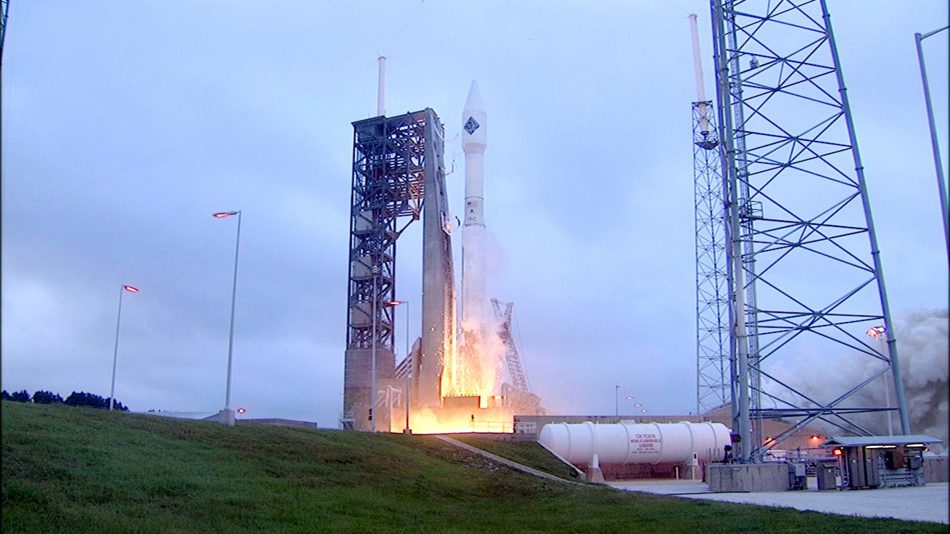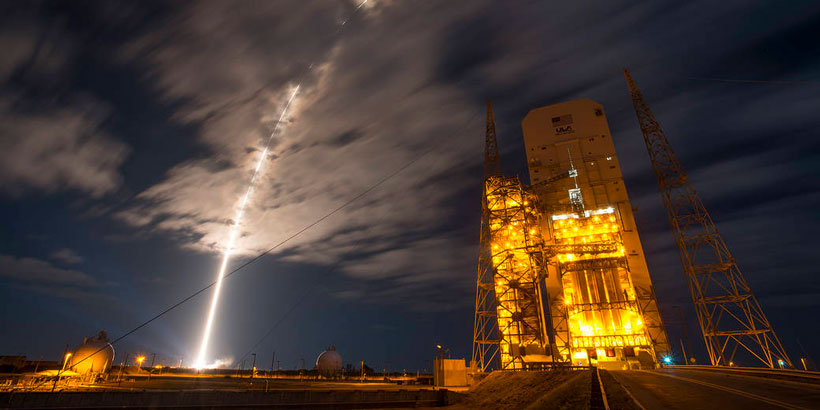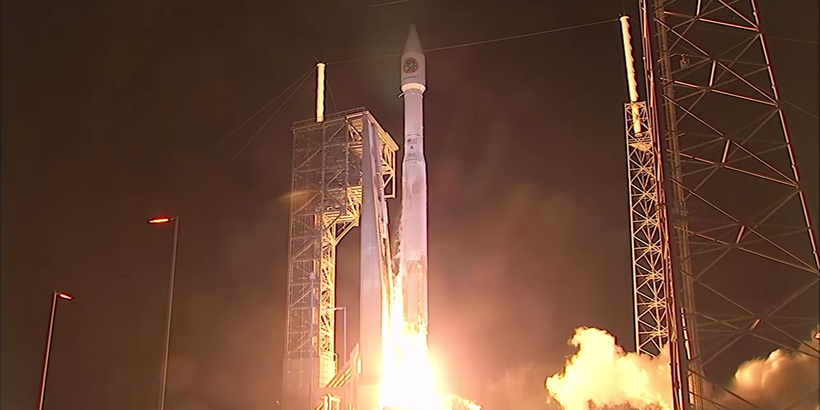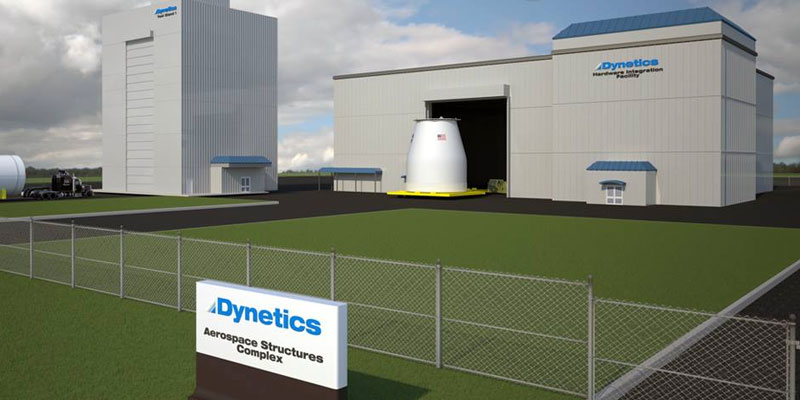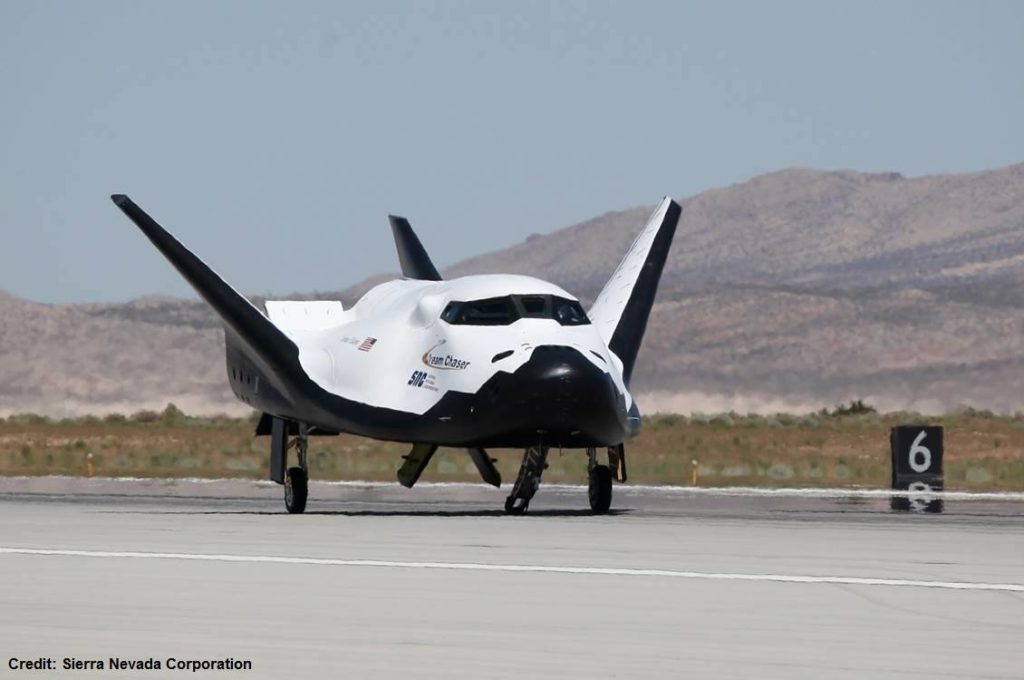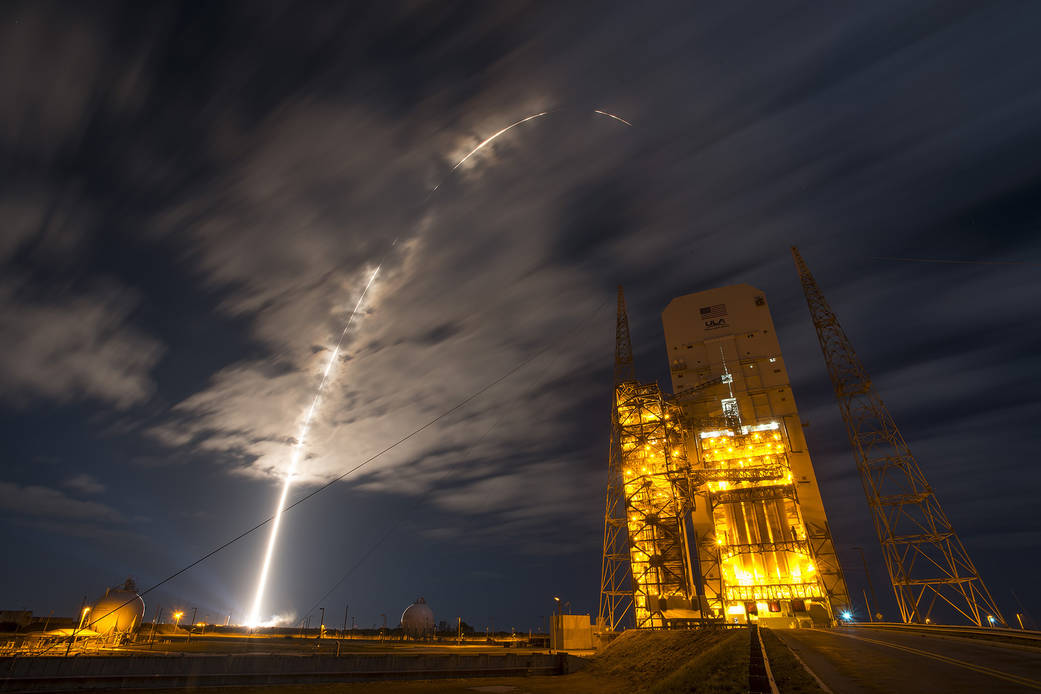
Alabama-made Atlas V rockets will launch a NASA spacecraft on a dramatic mission to rendezvous with an asteroid and later send Mars 2020, the space agency’s next-generation robotic rover, to the Red Planet.
First up is the lift-off of the OSIRIS-REx spacecraft, scheduled for Sept. 8 at Florida’s Cape Canaveral Air Force Station. The United Launch Alliance Atlas V, assembled in Decatur, will boost the explorer on its way to the near-Earth asteroid Bennu.
The spacecraft will travel to the asteroid, survey it to produce 3-D maps, and bring back a sample of surface material for study. NASA says the mission – the first involving a round-trip to an asteroid — will help scientists investigate how planets formed and life began.
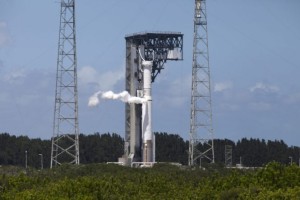
“This mission exemplifies our nation’s quest to boldly go and study our solar system and beyond to better understand the universe and our place in it,” said Geoff Yoder, a NASA administrator in Washington, D.C.
The spacecraft should reach Bennu in 2018 and return the sample via a detachable capsule in 2023.
This week, the OSIRIS-REx was bolted onto the Alabama-made Atlas V on Pad 41 at Cape Canaveral in preparation for lift-off. (NASA said the launch should not be affected by Thursday’s SpaceX rocket explosion on a nearby pad.)
MISSION TO MARS
On Aug. 25, NASA’s Launch Services Program announced that ULA’s Atlas V will launch Mars 2020 on its mission to the Red Planet.
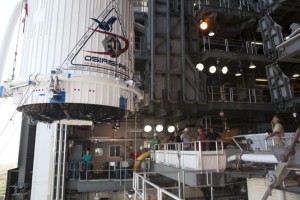
Lift-off is planned for July 2020 from Cape Canaveral, and the spacecraft should reach Mars in 2021.
The Mars 2020 rover will conduct geological assessments of its landing site and determine the habitability of the environment. It will also search for signs of ancient Martian life, and assess natural resources and hazards for future human explorers.
“Our launch vehicles have a rich heritage with Mars, supporting 17 successful missions over more than 50 years,” said Laura Maginnis, ULA’s vice president of Custom Services. “ULA and our heritage rockets have launched every U.S. spacecraft to the Red Planet, including Mars Science Lab, as well as the Spirit and Opportunity rovers.”
ULA’s Alabama assembly facility is the sole production site for Atlas V and Delta IV rockets, which launch payloads for NASA and other government agencies. The 1.6 million-square-foot Decatur factory employs around 1,000 people.
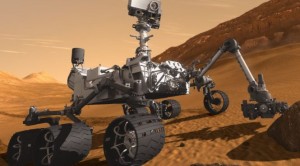
Versions of the Atlas V can stand 205 feet tall, rising to almost 19 stories.
An Alabama-made Atlas V will launch NASA’s next Mars lander, called inSight, in 2018. The surface explorer aims to provide understanding of the processes that shaped the planets of the inner solar system, including Earth.
There’s another Alabama connection to two of these missions. OSIRIS-REx is the third mission in NASA’s New Frontiers Program, which is managed by Marshall Space Flight Center in Huntsville. InSight is part of NASA’s Discovery program, also managed by Marshall.
